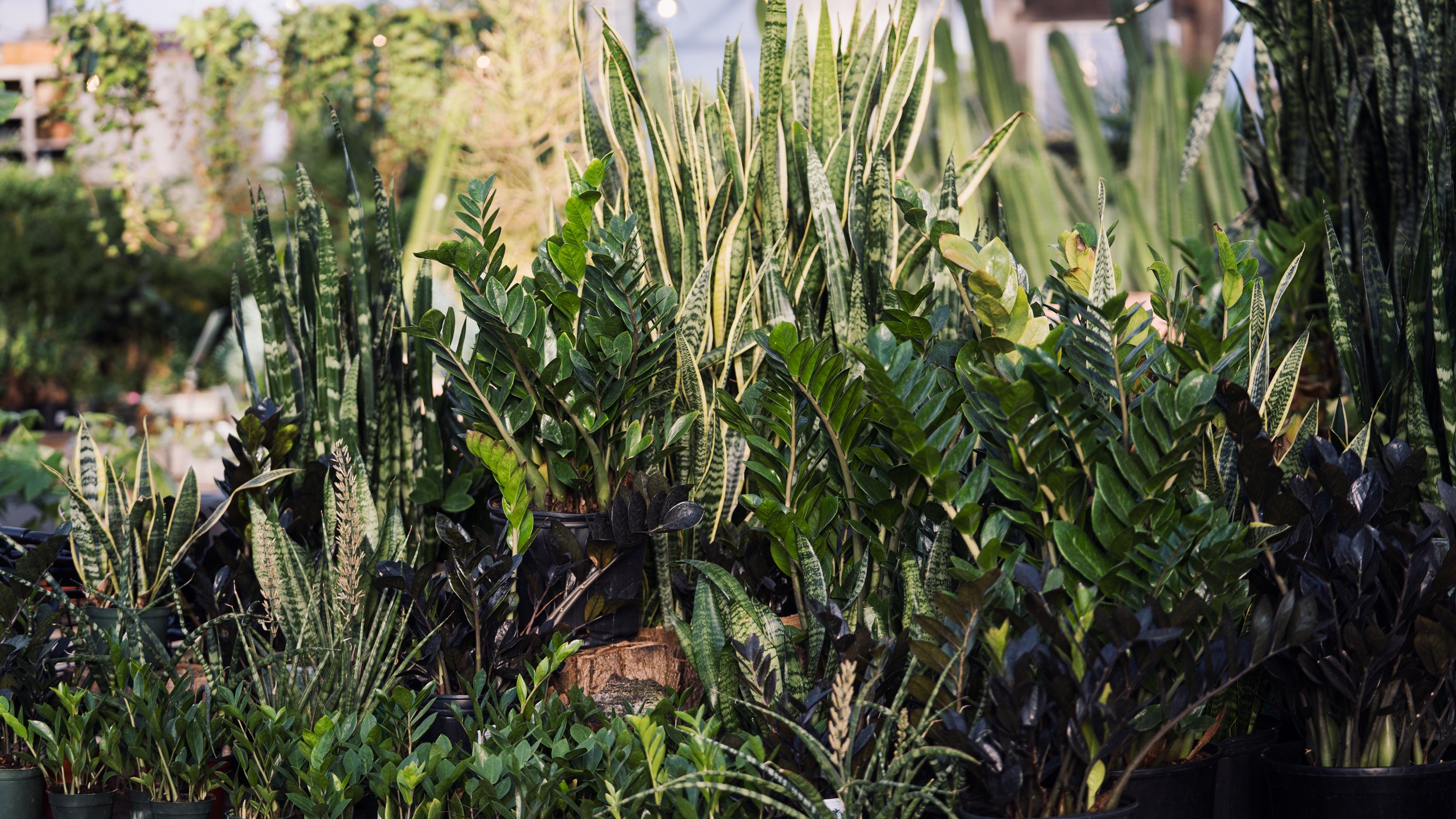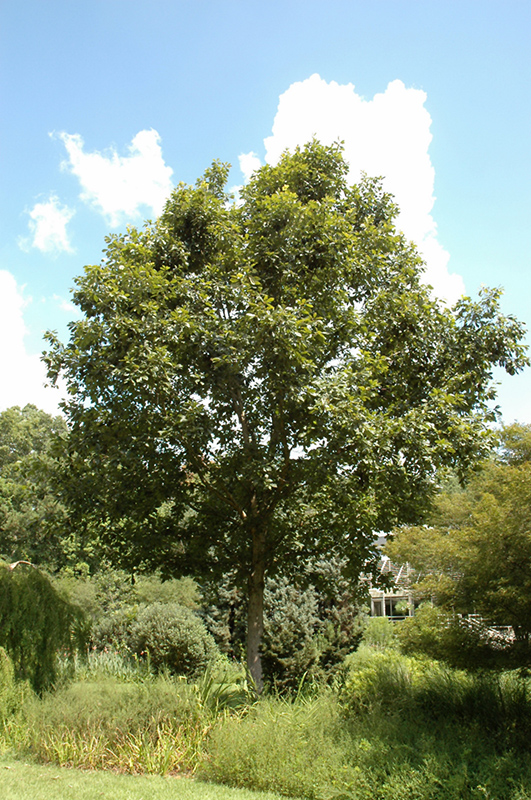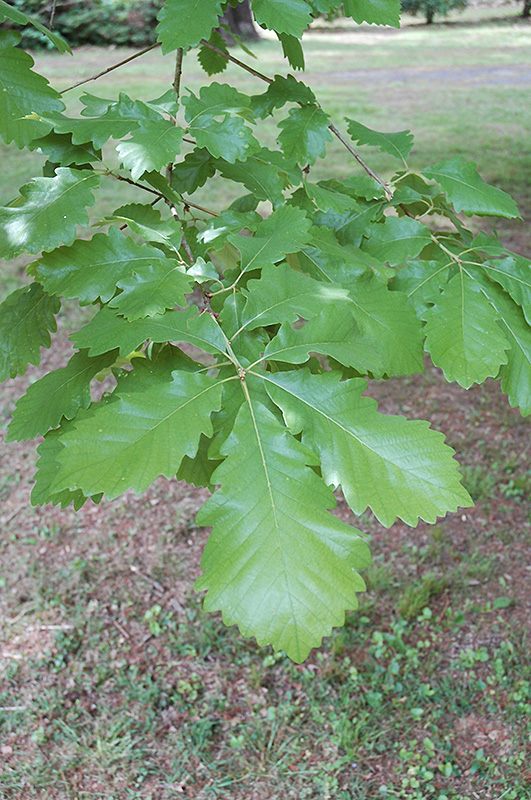
use our plant finder to help choose the perfect tree, shrub, perennial, annual, or houseplant to match your unique needs & style.
all the plants we love
Height: 60 feet
Spread: 50 feet
Sunlight:
![]()
Hardiness Zone: 4b
Other Names: Cow Oak, Basket Oak
Description:
Large, unlobed, chestnut-like leaves adorn this variety that is quite at home in acidic, wet, swampy areas, or rich sandy lowlands; acorns are sweet and edible; a great selection for low lying sunny areas; makes a great shade tree
Ornamental Features
Swamp Chestnut Oak is primarily valued in the landscape for its distinctively pyramidal habit of growth. It has dark green foliage with gray undersides. The large serrated oval leaves turn an outstanding dark red in the fall. It produces brown acorns in mid summer. The fruit can be messy if allowed to drop on the lawn or walkways, and may require occasional clean-up. The furrowed gray bark and silver branches add an interesting dimension to the landscape.
Landscape Attributes
Swamp Chestnut Oak is a deciduous tree with a distinctive and refined pyramidal form. Its average texture blends into the landscape, but can be balanced by one or two finer or coarser trees or shrubs for an effective composition.
This tree will require occasional maintenance and upkeep, and is best pruned in late winter once the threat of extreme cold has passed. It is a good choice for attracting birds and squirrels to your yard. Gardeners should be aware of the following characteristic(s) that may warrant special consideration;
- Messy
Swamp Chestnut Oak is recommended for the following landscape applications;
- Shade
- Vertical Accent
Planting & Growing
Swamp Chestnut Oak will grow to be about 60 feet tall at maturity, with a spread of 50 feet. It has a high canopy with a typical clearance of 6 feet from the ground, and should not be planted underneath power lines. As it matures, the lower branches of this tree can be strategically removed to create a high enough canopy to support unobstructed human traffic underneath. It grows at a medium rate, and under ideal conditions can be expected to live to a ripe old age of 300 years or more; think of this as a heritage tree for future generations!
This tree should only be grown in full sunlight. It is quite adaptable, prefering to grow in average to wet conditions, and will even tolerate some standing water. It is not particular as to soil type, but has a definite preference for acidic soils, and is subject to chlorosis (yellowing) of the foliage in alkaline soils. It is highly tolerant of urban pollution and will even thrive in inner city environments. This species is native to parts of North America.
can’t find what you’re looking for? let us know
info@wilsonnurseriesky.com
frankfort: 502.223.1488
lexington: 859.269.5795


